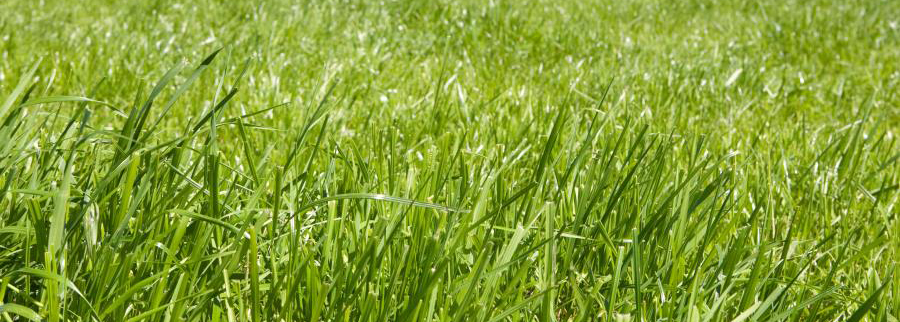New research from La Trobe has identified ways to create more consistent seed growth across a season, ensuring bigger harvest yields for crop growers.
A paper published in Nature Plants this week shows how La Trobe University conducted experiments on seeds using the latest technology that allowed researchers to analyse each individual cell from the thousands of cells in a whole seed.
Lead researcher Dr Lim Chee Liew said the discovery helped scientists understand what every cell does during seed germination.
“This will show us which cells we can manipulate to ensure seeds germinate together – or even delay their growth to a certain time,” Dr Lim Chee Liew said.
“Uniform germination enables growers to achieve optimal plant-spacing and harvesting time.
“We used a new labelling system to separate all the cells from a seed then measured the individual function of every one of them. We did this while seeds were first germinating – waking up – so we could see what cells do when they first become active.
Seeds are the most valuable resource in food production, providing 70 per cent of global food resources. The lifecycle of most crops begins from the seed germination but often they can germinate at different times, leading to a drop in yield from the less mature crops being harvested along with ripe crops.
Dr Lim Chee Liew said her team carried out experiments on mouse-ear cress, which is a model organism for plant biology and genetic studies.
“This cutting-edge technology can be applied to other crop species to study a wide range of different plant development processes,” Dr Lim Chee Liew said.
“After we planted our seeds, we measured them at 12, 24 and 48 hours and identified all the different types of cells within the germinating seed.
“A seed has different tissues and types of cells, all with their own unique features and properties. Using our new technology, we found out that as a seed starts growing, these cells turn on different functions depending on what job that cell is meant to do.
“This discovery will help us develop practical solutions to ensure germination happens at the right time – and uniformly.”
Source: Scimex









